You want companies to send you free stuff and maybe one day get paid to go snowmobiling. Problem is, there are approximately 1.5 million other riders who want the same thing (and that’s just in Canada). How does one get noticed, especially in this age of shrinking budgets and exploding social media?
Well, first off, you need to know what it means to be a brand ambassador or sponsored rider and decide if it’s what you really want.
By definition, a brand ambassador is someone who’s hired by a company to represent a brand in a positive light. In the snowmobile world, however, most brand ambassadors don’t get paid. They are everyday riders who get discounts on or receive free gear, sleds, etc. under the agreement that they will promote or advertise a company’s products. “Influencer marketing” might be a better term for it, but even then, the lines are a little hazy.
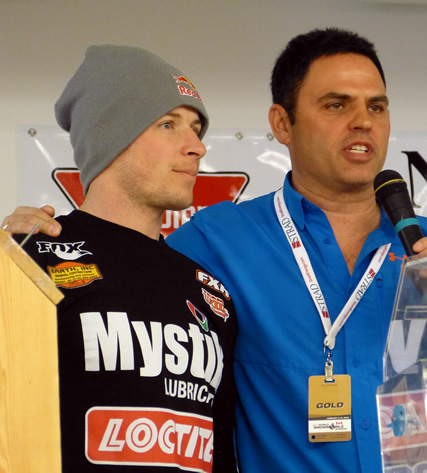
Then there is a sponsored rider. This usually refers to someone who competes. Of course, different companies have various levels of sponsorship packages available, but again, most snowmobile athletes, even the pro-level riders, work full- or part-time jobs to pursue what is ultimately a passion on the side.
So, it’s impossible to make a living off snowmobiling? No, that’s not what I’m saying, but do keep in mind that you’re going to have to work really, really, really hard to get there. Sponsors help.
What does a sponsor want?
Now, let’s talk about what companies look for in a brand ambassador or sponsored rider (spoiler alert: it takes more than having mad skills).
“We look for people who are good riders, but who are good people too,” said Whitney Grimmett, operations manager at Motorfist. “Are they safe on the mountain? Are they practicing good safety techniques and keeping the other riders that they’re with safe too? We all enjoy snowmobiling and we want everyone to return home safely, so we partner with people who have that same mentality . . . Besides safety, are they active in their local club or organization? Are they taking time to teach children safety and being active in the industry? Lastly, do we trust them? If we want them to be turned to as an ‘expert’ on our gear, would we trust their advice ourselves?”
In other words, be honest. Companies aren’t looking for puppets. So choose wisely the brand(s) you want to represent. Do your research. Understand how a product is made and how it works. And if you don’t like something, tell the company why so they can improve it.
Then there’s the social media aspect.
“We’re looking for riders who are passionate about and influential in the sport of snowmobiling or snow biking,” said Donna Beadle, who is a senior external relations specialist for Polaris and Timbersled, “riders with a large or growing fan base who are active on social media channels and involved in growing the sport through clubs, organizations or volunteer efforts.”
Each company will have its own set of expectations, which may or may not be expressly outlined at the start.
Not a fan of social media? Too bad. Facebook, Instagram, Twitter, YouTube, etc. have changed the sponsorship game so if you’re really serious about it, then you’ll have to accept the fact that social media will become a big part of your life.
Every time you ride, you’ll be looking for opportunities to take photos and videos that you can share. Some companies will even set a minimum number of posts they would like you to create each week. Creating content, posting and engaging with your followers—all of it takes time.
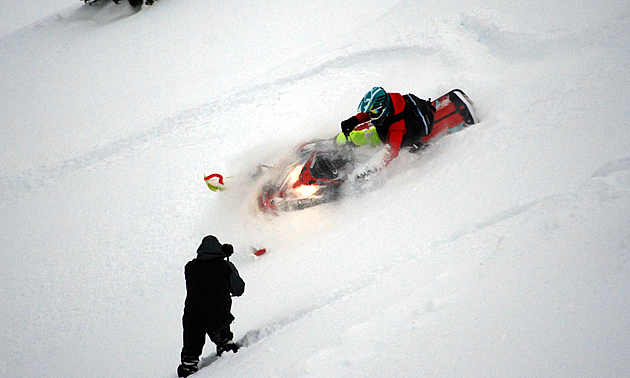
Being a brand ambassador or sponsored rider can and will be frustrating at times, but if both parties are on the same page, the rewards will extend beyond monetary gain.
“We like to work with our athletes to help them grow and achieve their personal goals,” said Beadle.
Asking for a snowmobile sponsorship
Still with me? OK, so now that you’ve decided this is what you really want, what is the best way to reach out to a brand for support?
“I receive emails, Facebook messages, phone calls, applications on Hookit.com, requests at trade shows or requests from dealerships,” said Grimmett.
So there’s no right or wrong way, except for not being professional or serious about it.
Approach a sponsorship like a job opportunity. Put together a resume that reflects your passion for the sport and that lists your achievements, goals for the season and volunteer involvement. Include photos and links to videos and your social media channels (make sure they are set to public so the marketing manager doesn’t have to request a friendship or follow to see what you’ve been posting).
Some companies have applications you can fill out and submit online, which makes the process a little simpler. Still, it’s a good idea to have a professional resume prepared—and before you send it to a company, have a friend or family member read it to check for spelling and grammar. We all make mistakes, even the professionals (wink, wink).
If you reach out to a company and get rejected, don’t take it personally. And don’t give up. Many ambassador/sponsorship programs only run on a yearly or seasonal basis, so chances are, if they’re not looking now, they might be next year. Try and try again until you succeed.
“Be positive all the time and just love what you do,” said Ride Whistler’s perpetually upbeat Chris Brown, who has been aligned with Polaris since 2014. “And it will come to you.”
Maintaining the relationship
When you do become a brand ambassador or sponsored rider, remember that you are representing something greater than yourself so watch how you act and what you post on social media. The snowmobile community is extremely tight-knit and well connected. What you do behind the scenes and offline doesn’t go unnoticed.
With that in mind, it can help to know somebody who’s already involved in the upper echelons of snowmobiling.
“If you know a filmmaker,” said Brown, “and you are capable of doing things that could be in a film, it’s easier to get in that way.”
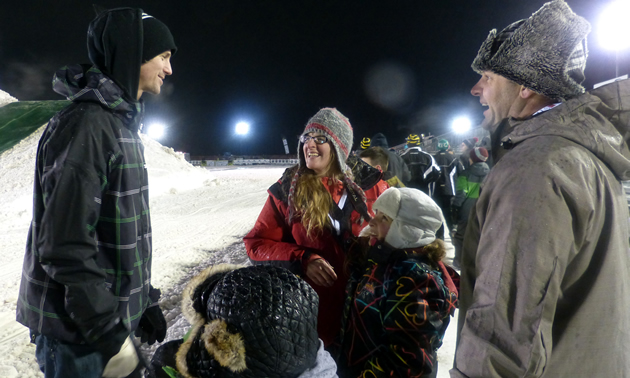
Once you are “in,” don’t let it go to your head. Resist any narcissistic tendencies, especially on social media, by engaging regularly with your fans and followers. Like their stuff, too. Even if you do amazing, incredible, awe-inspiring things all the time, people can get bored with you if you focus too much on yourself and your accomplishments.
Representing a brand is a big responsibility, and if you’re just not ready to commit to it, that’s OK. At the end of the day, it’s about having fun. If doing what you love will become begrudging work, then you might be better off paying for stuff.
If you are currently a brand ambassador or sponsored rider, that’s awesome, and I’d love to hear your tips in the comments section below.
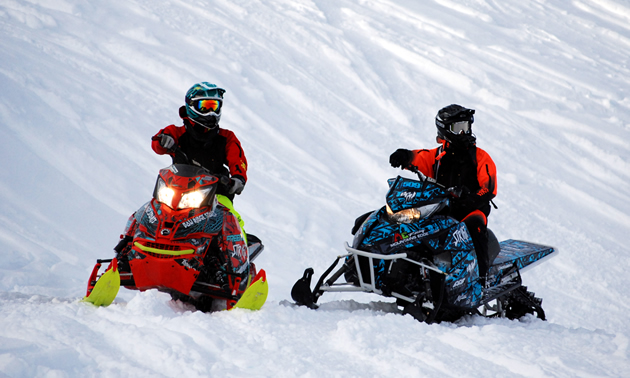



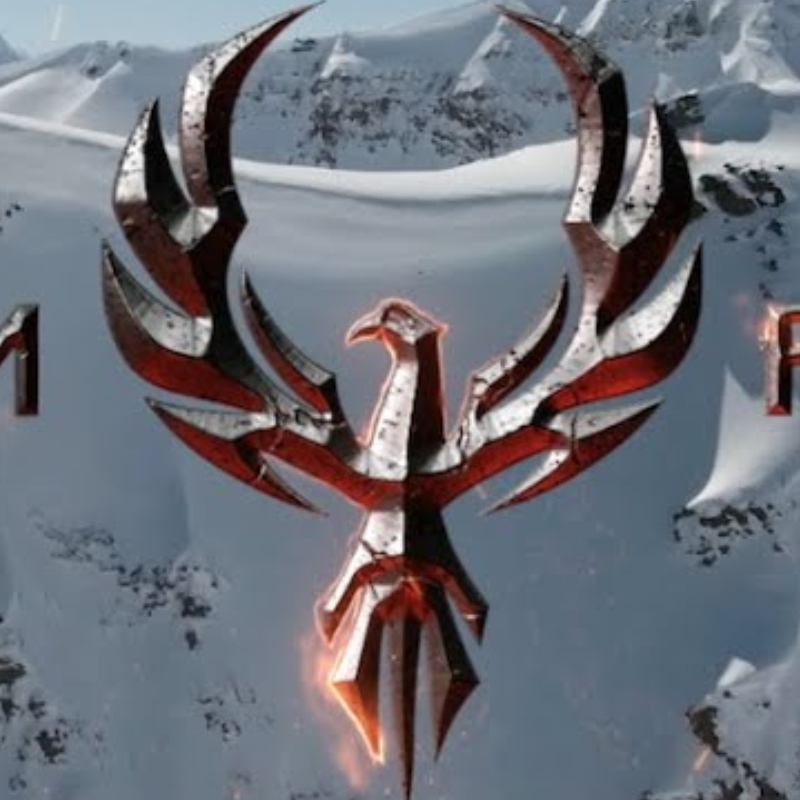
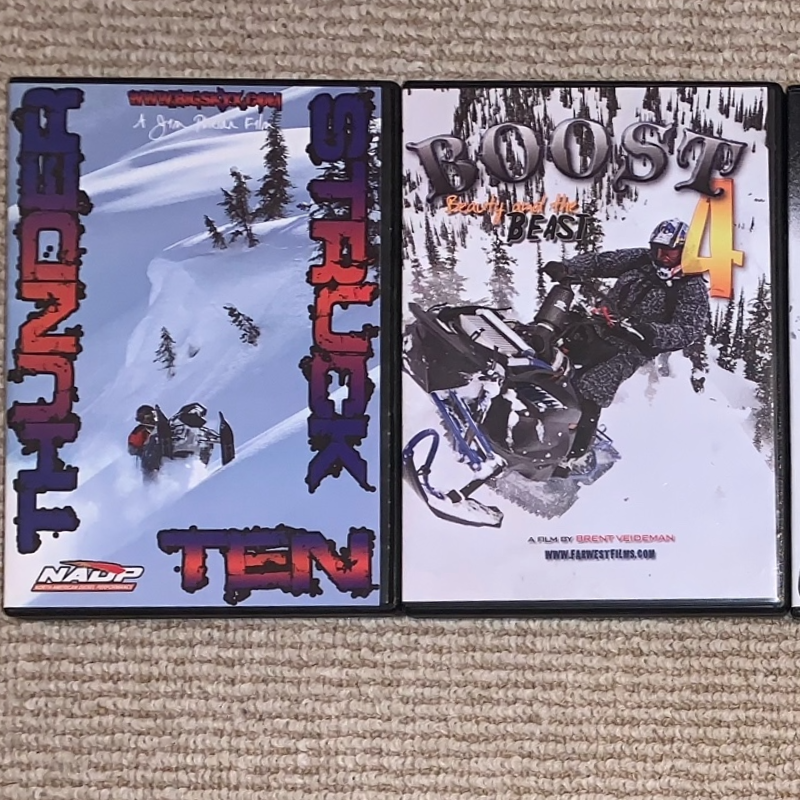
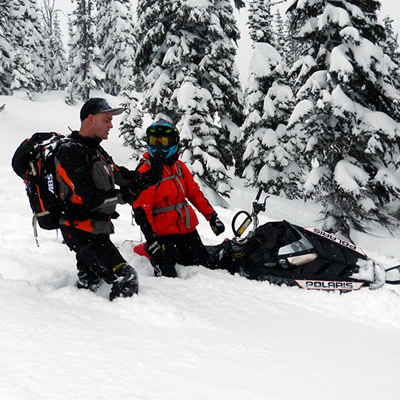

Comments